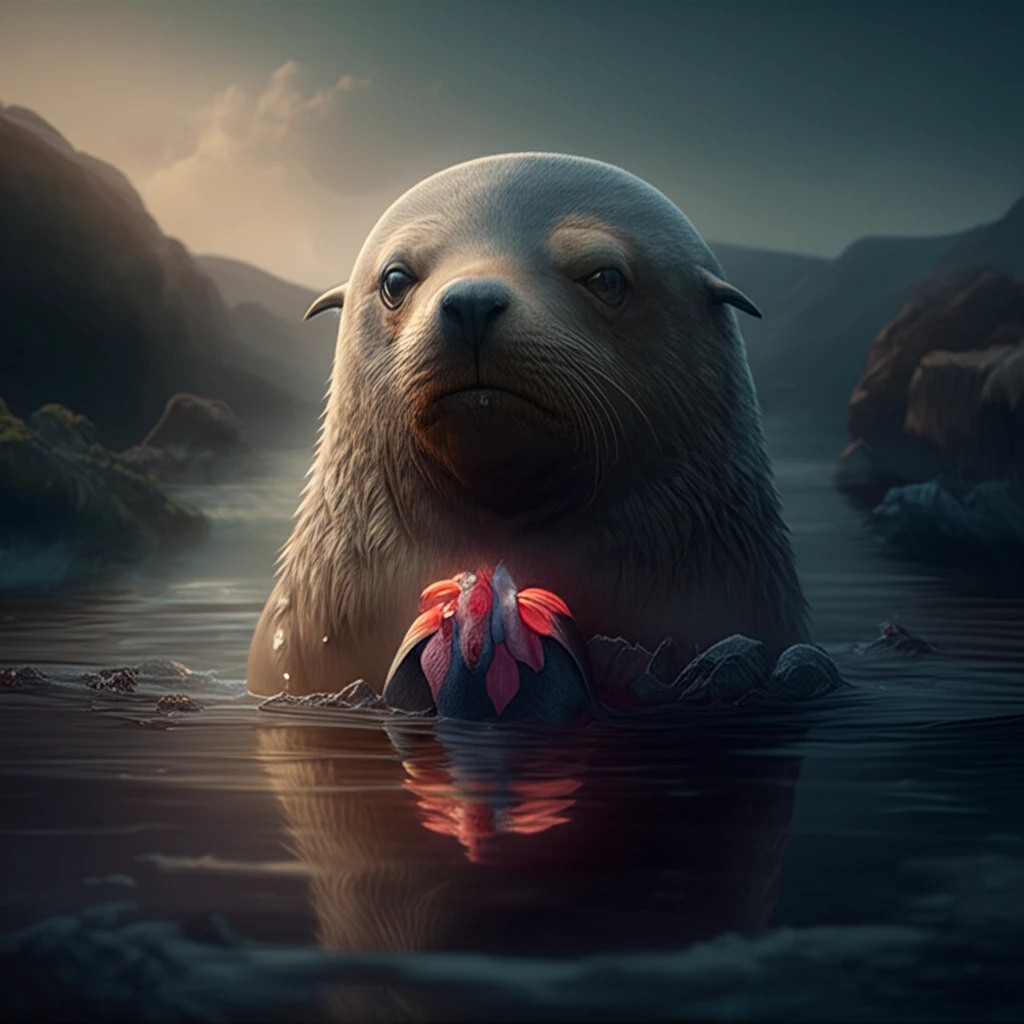
Decoding the South American Fur Seal: What Their Genitals Tell Us About Evolution and the Environment
"New research sheds light on the unique reproductive adaptations of male South American fur seals and their surprising connection to environmental pressures."
For any species, the ability of males to spread their genes widely is fundamental to their survival and dictates the dynamics of the population. In pinnipeds, such as seals and sea lions, understanding the morphology—the form and structure—of their reproductive organs can provide critical insights into their evolutionary adaptations. However, research in this area has traditionally been limited, leaving many functional aspects unexplored.
A recent study focused on the South American fur seal (Arctocephalus australis) hypothesizes that these animals have developed unique morphological and physiological adaptations in their genital organs. These adaptations are believed to ensure the continuation of the species during their specific annual mating season.
By examining the genital organs of seven male fur seals that died from natural causes, researchers aimed to uncover the intricate details of their reproductive anatomy and how these features are tailored to their environment and mating behaviors. This article explores the key findings of this study, offering a comprehensive look at the reproductive strategies of the South American fur seal.
The Unusual Anatomy of South American Fur Seal Genitals

The study revealed several unique characteristics in the genital organs of male South American fur seals that set them apart from other mammals. These features are closely linked to the species' biology and reproductive cycle. Some of the most notable findings include:
- Absence of Glandular Portion in the Ductus Deferens: For the first time, the study noted the absence of a glandular section in the ductus deferens, the tube that transports sperm from the testes. This suggests a recrudescent testis period, meaning the testes undergo a period of inactivity or reduced activity.
- Unique Corona Glandis Arrangement: The corona glandis, or the ridge around the glans of the penis, has a distinctive arrangement. Its erectile border resembles a formation of petals, and when combined with the os penis (penile bone), it creates a “lily-flower” appearance. Researchers proposed the term “margo petaliformis” to describe this unique petal-like erectile border.
Implications for Conservation and Future Research
The study underscores the importance of understanding the reproductive biology of the South American fur seal, especially given the environmental challenges it faces. By examining the genital organs, researchers have gained insights into the unique adaptations that enable these animals to thrive in their specific habitat. Future research could focus on the functional significance of the margo petaliformis and how environmental factors might influence the reproductive success of this species. This knowledge is crucial for developing effective conservation strategies and ensuring the long-term survival of the South American fur seal.
